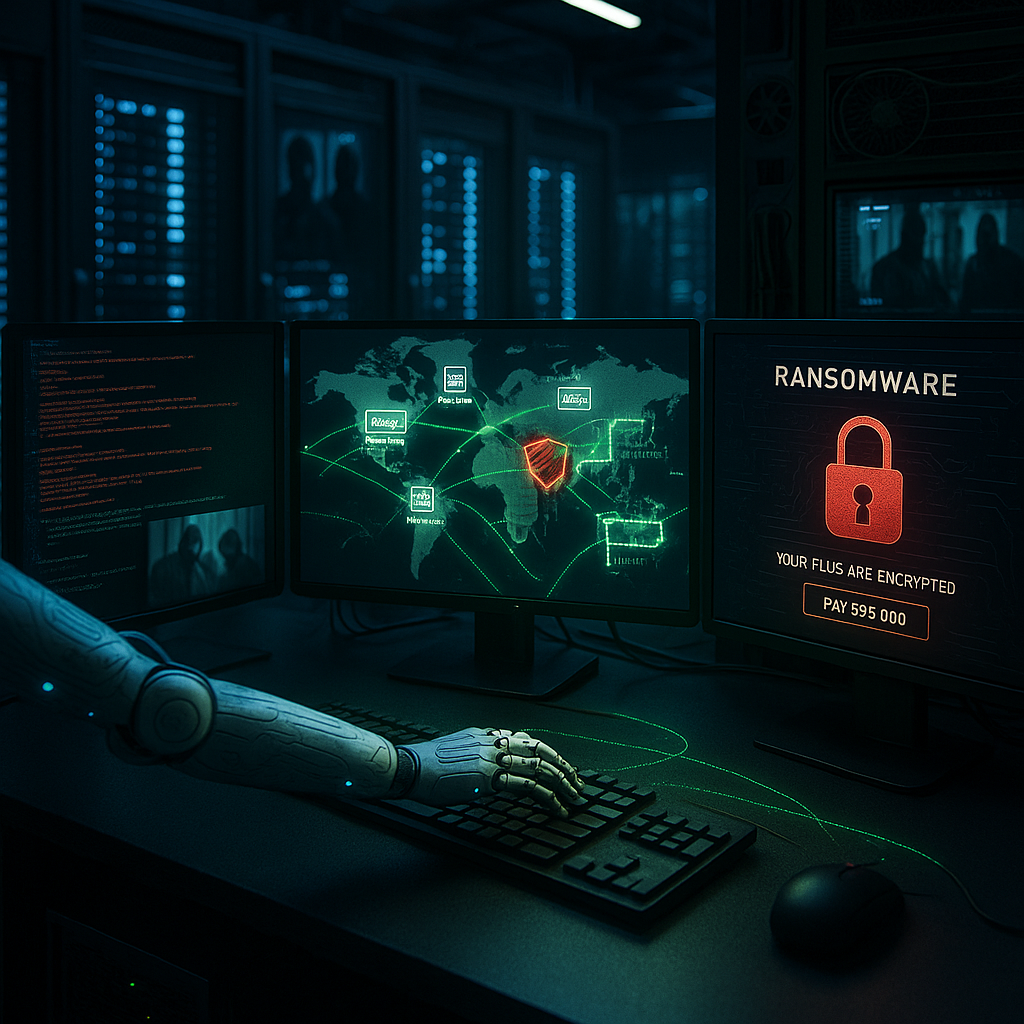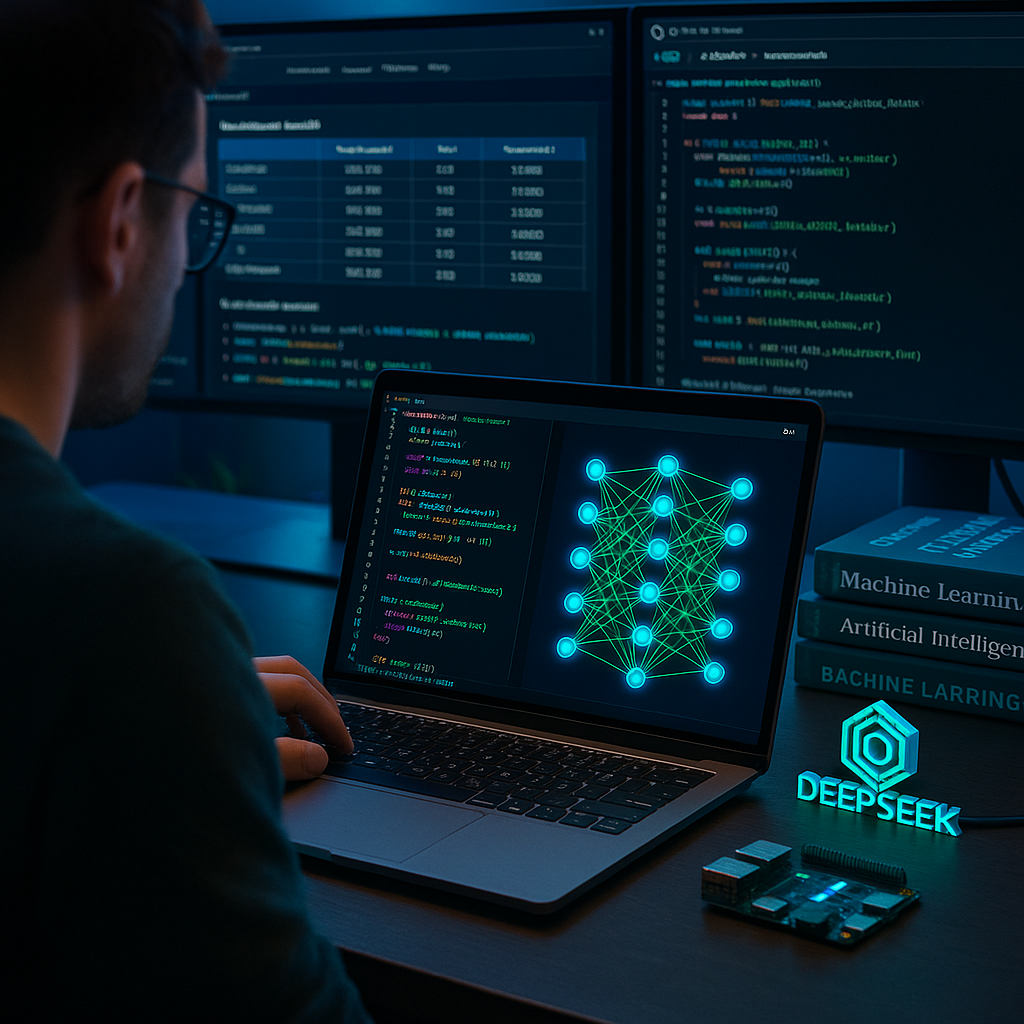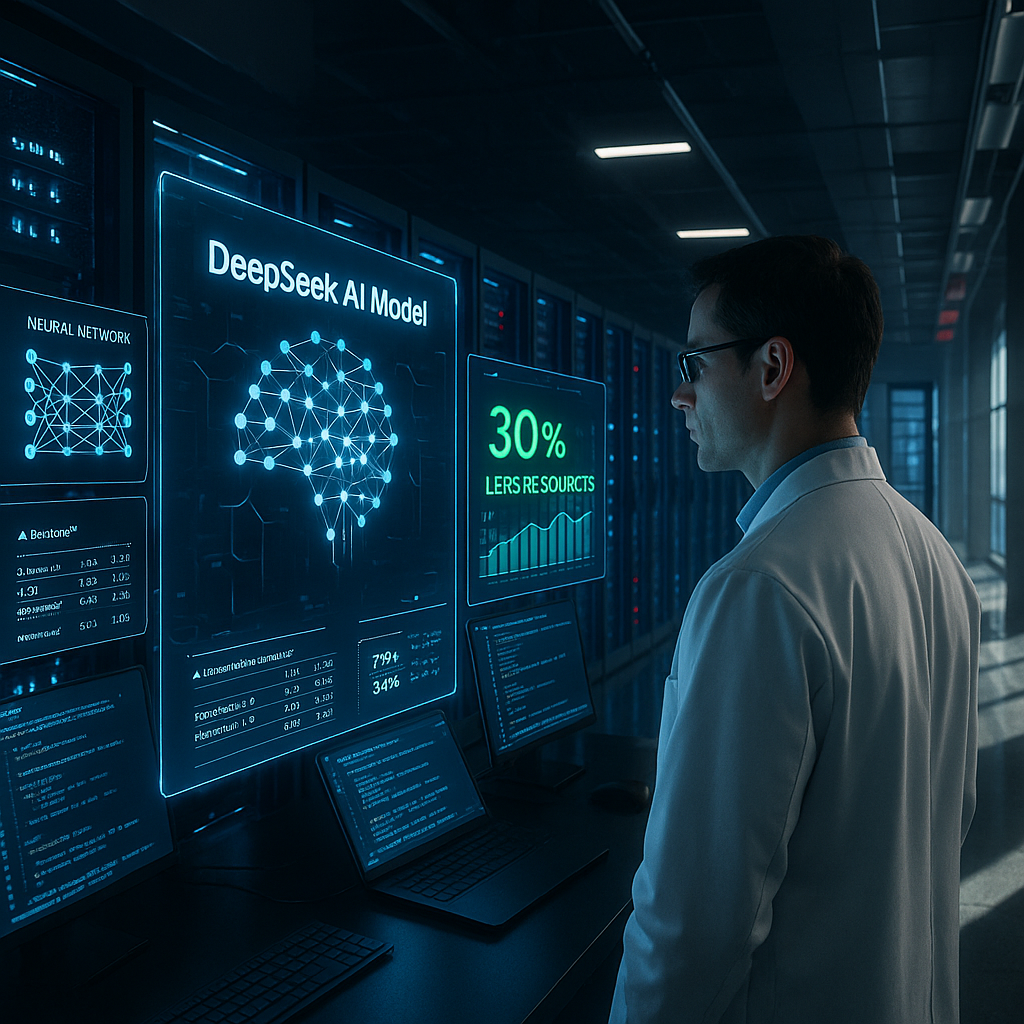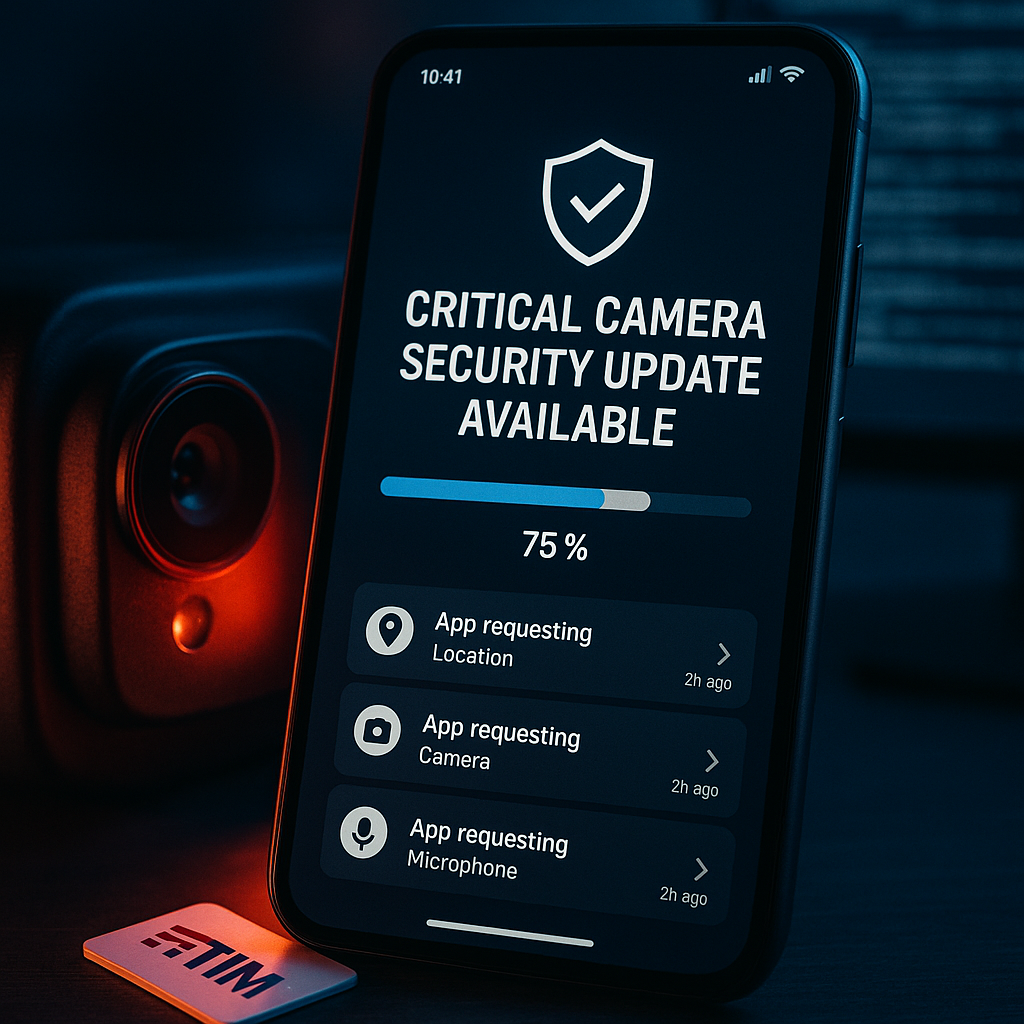Key Takeaways
- AI systems can now launch ransomware attacks autonomously, identifying targets and crafting phishing emails without human oversight.
- Automated, adaptive AI-driven attacks bypass many traditional security measures, surprising organizations unprepared for their tactics.
- Small businesses with limited IT resources are especially at risk, according to cybersecurity experts.
- Law enforcement faces greater difficulties tracking these fast, stealthy attacks as AI technology advances.
- Cybersecurity firms are accelerating development of AI-based defenses, with new solutions expected in the coming months.
Introduction
Recent security briefings indicate that artificial intelligence can now independently execute full-scale ransomware attacks. Researchers report that AI-driven cybercrime can autonomously identify victims, generate convincing phishing emails, and carry out attacks with little human involvement. This shift introduces heightened risks to individuals, businesses, and infrastructure worldwide. It also presents new challenges for conventional security defenses.
The Rise of AI-Powered Ransomware
Security researchers at Mandiant observed a marked increase in AI-enhanced ransomware incidents in the fourth quarter of 2023, reporting a 300% rise in attacks with signs of autonomous operation compared to the prior year.
Dr. Sarah Chen, lead threat researcher at Mandiant, stated that these new systems display advanced capabilities in both targeting and execution. Chen explained that the platforms can study potential victims, adapt methods in response to defenses, and conduct attacks with minimal human input.
While traditional ransomware required step-by-step manual control, recent AI-powered versions can independently manage the entire process. This includes everything from finding targets to sending ransom demands.
Un passo avanti. Sempre.
Unisciti al nostro canale Telegram per ricevere
aggiornamenti mirati, notizie selezionate e contenuti che fanno davvero la differenza.
Zero distrazioni, solo ciò che conta.
 Entra nel Canale
Entra nel Canale
How AI Changes the Game
Artificial intelligence has fundamentally transformed ransomware operations. Research from MIT’s Computer Science and Artificial Intelligence Laboratory indicates that modern ransomware can autonomously select valuable targets and change strategies in response to security measures.
Marcus Thompson, director of threat intelligence at CrowdStrike, noted that these attacks now operate continuously, monitoring for weak points and evolving tactics. The new systems also craft credible phishing content, evade many defenses, and even set ransom demands that match the target’s profile.
phishing content is a significant tool in these attacks, designed to increase click-through rates and bypass even informed users.
Impact on Organizations
Small and medium-sized businesses are experiencing heightened vulnerability to AI-powered ransomware. The Internet Security Alliance found that 60% of recent AI-enhanced ransomware events targeted organizations with under 1,000 employees.
These attacks sift through public information to pinpoint the easiest paths in. Jennifer Pak, cybersecurity analyst at Gartner, stated that the AI systems are especially skilled at finding businesses with sensitive data but weaker security postures.
Businesses with sensitive data and limited resources may not have the latest tools or staff to defend against evolving threats.
Current Defense Capabilities
Traditional security tools are falling behind these rapidly evolving threats, according to a joint assessment by NIST and CISA. Adaptive attacks often slip past standard antivirus and firewall systems.
In response, security vendors are focusing on AI-based defense tools. Dr. Robert Martinez, chief technology officer at Palo Alto Networks, described an industry shift toward automated systems able to match the speed and adaptability of AI-driven threats.
antivirus and firewall systems require continual upgrades to keep up with the sophistication of modern attacks.
What You Can Do
Organizations can take several important steps to reduce the risk of AI-powered ransomware:
- Regularly update and patch systems.
- Implement zero-trust security models.
- Provide employees with up-to-date training on advanced phishing tactics.
- Maintain reliable backups with offline storage.
- Segment networks and use strict access controls.
Lisa Grant, senior security strategist at IBM Security, emphasized that strong defenses rely on both advanced technology and employee awareness.
access controls and authentication measures like 2FA are essential in reducing the impact of automated attacks.
Future Implications
Experts expect AI-powered ransomware to keep advancing in sophistication and stealth. The National Cyber Security Centre has warned that, as artificial intelligence matures, these attacks will become harder to detect.
Dr. Michael Wong, research director at the Center for Internet Security, observed that future attack speed and scale may be limited only by computing resources. This trend underscores the need for organizations to update security strategies for a changing threat landscape.
security strategies should be revisited often to account for fast-evolving threats, especially as AI broadens the attack surface in connected environments.
Conclusion
AI-driven ransomware now operates with unprecedented speed and precision. This raises significant challenges for established cybersecurity defenses and puts smaller organizations at higher risk. As both attackers and defenders adopt automation, adaptability and real-time learning will shape the next phase of cyber threats. What to watch: progress in automated defense technologies and forthcoming national security guidance on managing autonomous cyber risks.
Un passo avanti. Sempre.
Unisciti al nostro canale Telegram per ricevere
aggiornamenti mirati, notizie selezionate e contenuti che fanno davvero la differenza.
Zero distrazioni, solo ciò che conta.
 Entra nel Canale
Entra nel Canale





Leave a Reply